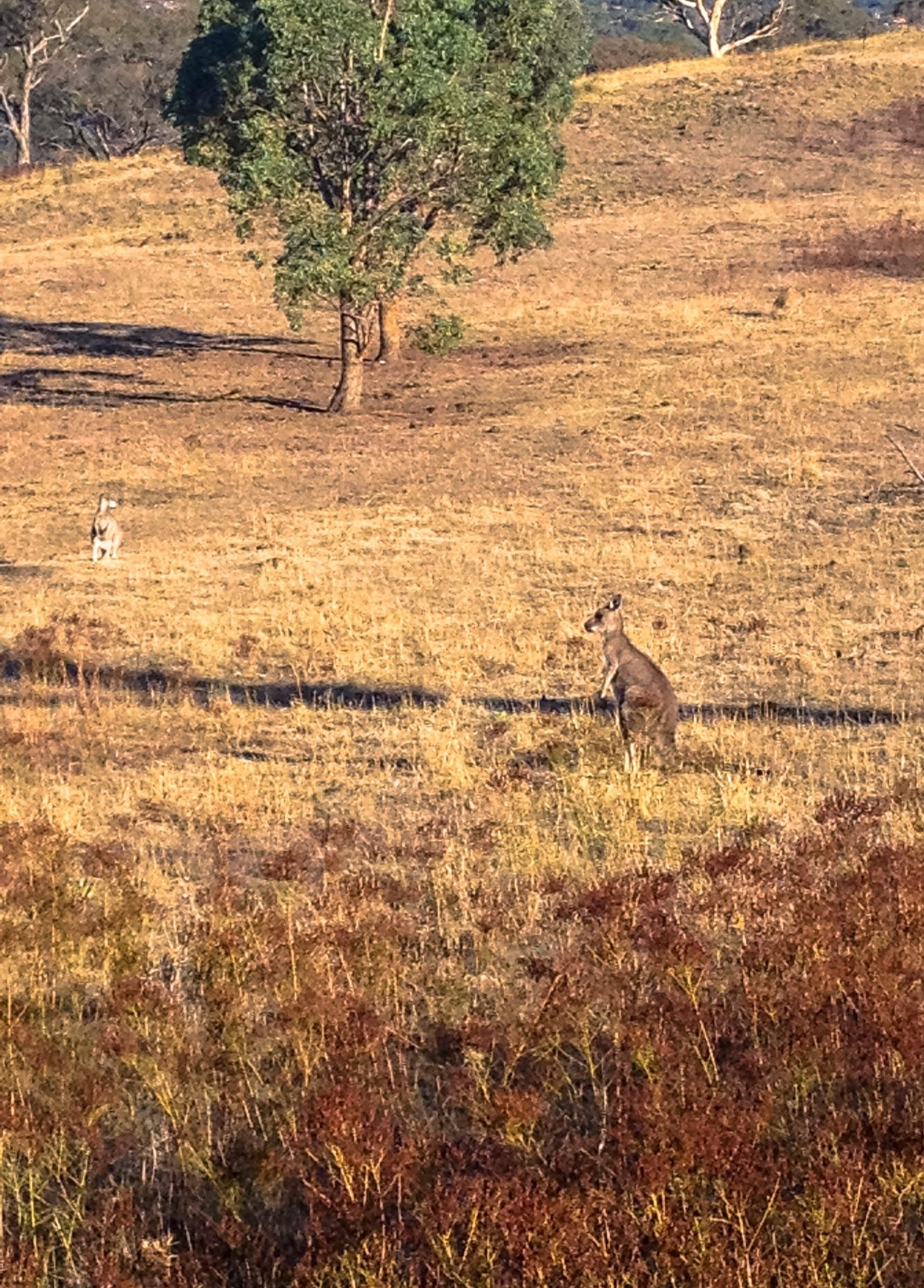Albury (population approx 45,000) in New South Wales is separated from its twin city Wodonga in Victoria by the Murray River. Together the combined city of Albury-Wodonga has a population of about 80,000 and is a major regional city.
Located 287 miles from Sydney and 203 miles from Melbourne it was recommended as the favoured site for the country's capital in the 1903 Royal Commission on Sites for the Seat of Government of the Commonwealth report. In the face of strong local opposition, however, only one member of Parliament voted for Albury-Wodonga, which led to Canberra eventually being selected as the preferred site for the capital.
Him Outdoors had some work to do there so I went along to stay in a motel and to see the 'sights'. The Albury LibraryMuseum has some interesting exhibitions, including one about famous local residents, such as Lauren Jackson (basketball player), Margaret Court (tennis player), Eagle Boys Pizza, Richard Roxburgh (actor), and some AFL players of whom I've never heard.
 |
| Town mural |
 |
| Albury train station |
It was outrageously hot (in the low forties) and the surrounding forest fires filled the air with dense smoke.
 |
| Harold Mair footbridge |
 |
| Albury LibraryMuseum - this building has won multiple national awards for architecture |
 |
| Statue of St Francis of Assisi outside St Matthew's Anglican church |
 |
| Colonial Mutual Life (CML) office block and clock tower |
 |
| T&G Mutual Life Insurance building |
 |
| Old Courthouse |
 |
| The mighty Murray River |
The Botanic Gardens are apparently worth a look, but they were closed because it was so hot that fruit bats were falling out of the trees. So I bought a book instead: The Letters of Noel Coward, no less.
 |
| We had a fantastic meal here at the Green Zebra |
St Patrick's Catholic Church is a beautiful heritage building (1872), made from local bricks and stone with pitch pine in the trusses and Welsh slate on the roof. The purple sandstone used in the window and door dressing was discovered at Tabletop just before the church was built, and the 42 stained glass windows were made by Australia's first stained glass artist, John Falconer.
 |
| St Patrick's Catholic Church |























.JPG)
.JPG)
.JPG)
























